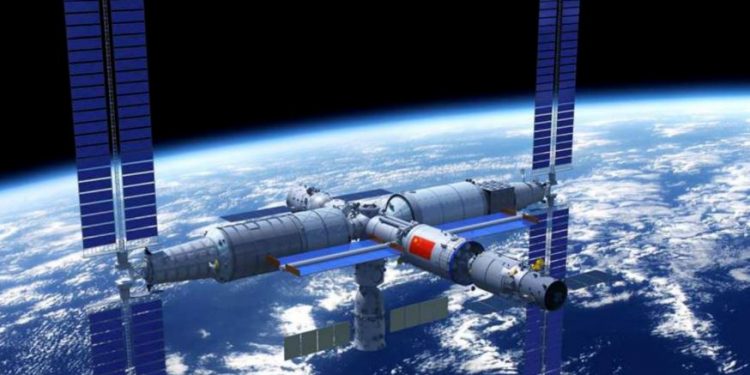Beijing: China’s experimental space lab Tiangong-2 will have controlled descent from its orbit and re-enter the earth’s atmosphere to fall into the Pacific Ocean, the country’s official space agency said.
All of the space lab’s assigned tasks have been finished. It is scheduled to fall out of orbit and re-enter the atmosphere under the supervision of ground control Friday, China’s Manned Space Engineering Office (CMSEO) said, without giving a specific timetable.
The agency said that the spacecraft and the instruments on it are functioning well, CMSEO said.
Preparations for the controlled re-entry of Tiangong-2 into the atmosphere are proceeding steadily as planned. China will timely report the information about the spacecraft after it re-enters the atmosphere to fulfil its international obligations, it said.
Most of the spacecraft will be burnt up in the atmosphere and a small amount of debris is expected to fall in the safe sea area in the South Pacific (160-90 degrees west longitude and 30-45 degrees south latitude), CMSEO said July 13.
Tiangong-2, an improved version of Tiangong-1, is China’s first space lab launched September 15, 2016. The space lab has worked in the orbit for over 1,000 days, much longer than its 2-year designed life, according to official media reports here.
China plans to launch its permanent space station by 2022.
Comprising an experiment module and a resource module, the space lab has a total length of 10.4 metres, the largest diameter of 3.35 metres and a take-off weight of 8.6 tonnes.
It has functions of rendezvous and docking with the Shenzhou manned spaceship and the Tianzhou cargo spacecraft.
China has carried out a series of scientific and technological space experiments and tested the in-orbit propellant refuelling technology on Tiangong-2.
PTI






































